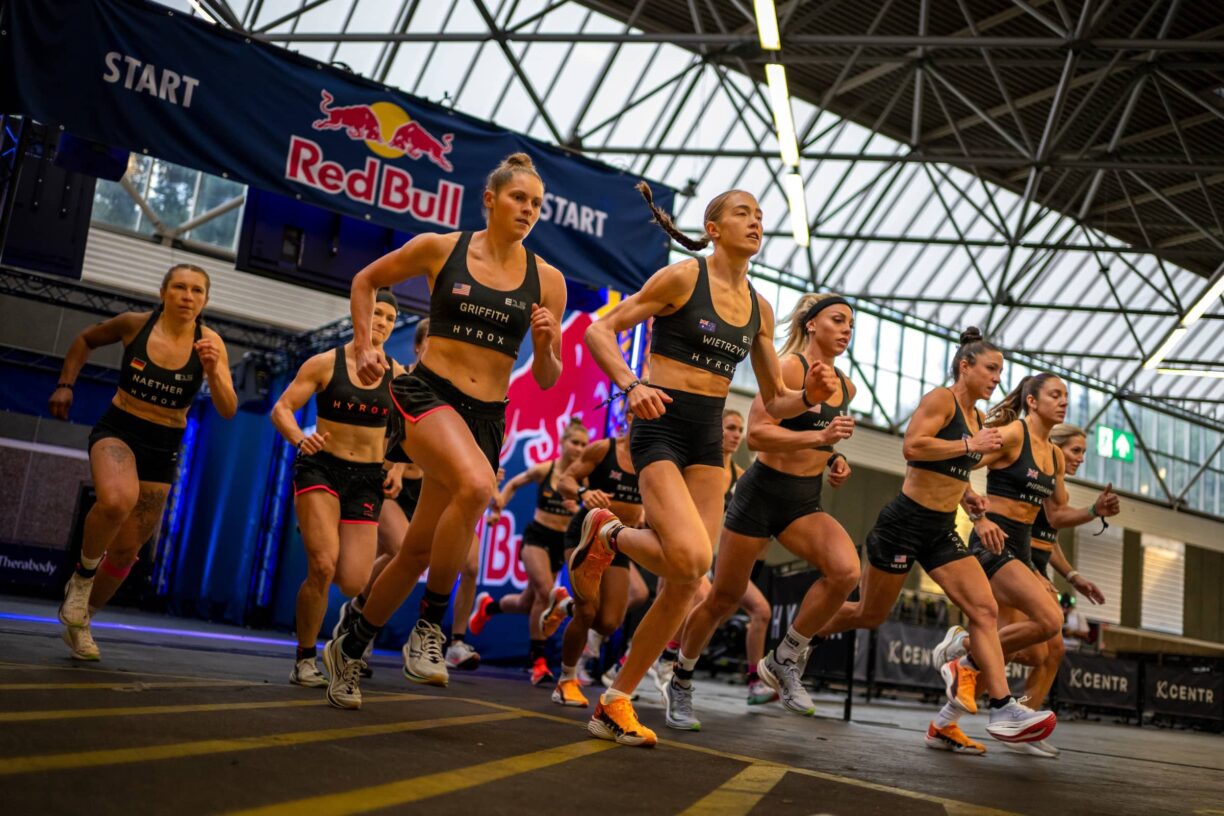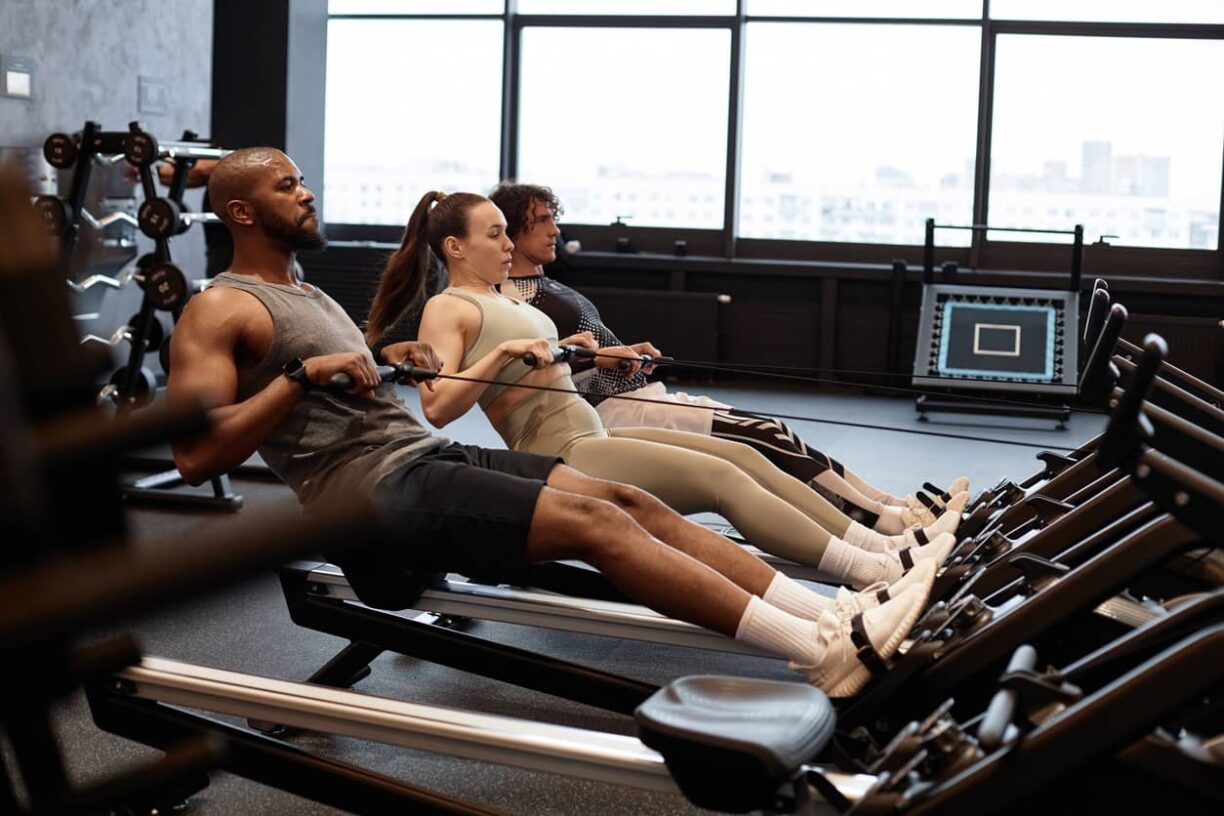Fitness recovery has muscled its way from the footnotes of training logs to the opening paragraph of every respectable workout plan, and fitness recovery is the very reason a growing crowd of athletes is chasing the next big shortcut to feel fresh by sunrise.
The latest buzz? Science-backed peptides – tiny but mighty molecules that are quietly becoming every gym-goer’s new obsession, from Saturday squatters to elite-level sprinters.
Peptides 101: Small Chains, Big Impact
Think of peptides as the body’s freelance repair crews—short strings of amino acids that sneak through microscopic doorways, clock in without fanfare, and leave tissues tidier than they found them.
Unlike their bulkier protein cousins, these nimble little molecules head straight to the damage, flick the body’s repair switch, and clock off before you’ve even had time to feel sore.
Meet BPC-157: The Body’s Handyman
One standout in the peptide world is BPC-157 – a bit of a rising star thanks to its potential to speed up healing and calm inflammation, earning itself a firm spot in the fitness recovery toolkit.
True to its “body-protecting compound” nickname, BPC-157 is the poster child of peptide-powered healing.
Early studies—and an avalanche of enthusiastic gym chatter—suggest it tempers swelling, stitches micro-tears, and generally behaves like a kindly contractor who patches drywall before the paint dries.
Why Peptides Are Winning the Recovery Race
Peptides attack post-workout misery on three crucial fronts:
- Inflammation control: They dial down the fire so soreness exits stage left.
- Micro-tear repair: They stitch battered muscle fibres before those fibres begin to whimper.
- Downtime reduction: They keep training frequency high without flirting with overuse injuries.
Because they also nudge growth factors into overdrive, peptides help muscles regenerate faster and stronger—music to the ears of anyone chasing PBs rather than physio referrals.
For athletes who treat calendars like scorecards, shaving hours off recovery can mean the difference between plateau and breakthrough.
What the Science Says
Under the microscope, peptides dock at precise cellular receptors, crank up protein-building assembly lines, and usher nutrients to muscles that need them most.
Researchers continue to unpick the finer points, but the headline is clear: these compounds trigger targeted healing pathways that ordinary supplements seldom touch. While large-scale clinical trials are still catching up, the swirl of laboratory evidence and real-world feedback is hard to ignore.
A Sensible Game Plan for Safe Supplementation
Before you dash to the checkout with unlabelled vials, park these guardrails firmly in place:
Consult a professional. A sports-medicine specialist can match dosage and legality to your goals.
Source wisely. Skip the shady pop-up ads and stick with certified suppliers.
Track the data. Monitor recovery speed, sleep quality, and heart-rate variability like your progress depends on it—because it does.
Cycle intelligently. Even miracle workers deserve time off; build rest phases into your supplementation schedule.
Smart users treat peptides as precision tools, not magic wands. Align them with sound training, solid nutrition, and un-negotiable sleep, and they can amplify the benefits of every hard-earned rep.
Voices From the Training Room
Endurance athletes report waking up with less lead in their legs, while strength specialists talk about steady PR climbs minus the usual aches.
Many credit peptides for the confidence to string together intense sessions without the dreaded “day after” dread. Although anecdotes are no substitute for peer-reviewed journals, the chorus of positive experiences keeps growing louder with every competition cycle.
Bottom Line
Peptides won’t put ice baths, mobility drills, or early bedtimes out of work—but they’re fast becoming indispensable power tools in a comprehensive fitness recovery kit.
Approach them with curiosity, caution, and professional guidance, and you might turn yesterday’s aches into tomorrow’s footnote.





